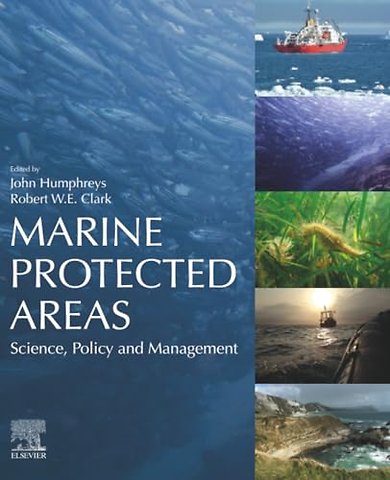Marine Protected Areas
Science, Policy and Management
Samenvatting
Marine Protected Areas: Science, Policy and Management addresses a full spectrum of issues relating to Marine Protected Areas (MPAs) not currently available in any other single volume. Chapters are contributed by a wide range of working specialists who examine conceptions and definitions of MPAs, progress on the implementation of worldwide MPAs, policy and legal variations across MPAs, the general importance of coastal communities in implementation, and the future of MPAs. The book constructively elucidates conflicts, issues, approaches and solutions in a way that creates a balanced consideration of the nature of effective policy and management.
Those in theory, designation, implementation or management of MPAs, from individuals, marine sector organizations, and university and research center libraries will find it an important work.

